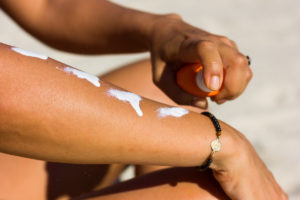As we shake off the remnants of the Covid Pandemic, we’re ready to get back to normal – whatever “normal” may be. It’s time to dive into the good stuff! Finally! Make up for lost time! Hang with frie nds! Have some fun! Getting a skin screening may not be on the top of that to-do-list. But stay with me for just a minute and I’m going to tell you why it should be; why giving up 10 minutes on a sunny Saturday can make all the difference in your happy, healthy future. It’s all about self care. Because sun care IS self care.
nds! Have some fun! Getting a skin screening may not be on the top of that to-do-list. But stay with me for just a minute and I’m going to tell you why it should be; why giving up 10 minutes on a sunny Saturday can make all the difference in your happy, healthy future. It’s all about self care. Because sun care IS self care.
A new study just released found globally, melanoma diagnosis is expected to surge by 50% in the next 18 years – with a 68% increase in deaths. Patients who have cancer treatment delayed by even one month can have a six to 13 percent higher risk of dying.
Since melanoma in adolescents and young adults is especially aggressive, that means early detection through screening is more important than ever. It is essential. Remove the mole – remove the risk of melanoma. The key is melanoma prevention; and it’s as easy as three basic steps:
- Wear sunscreen SPF30
- Wear UPF 50 clothing
- Get an annual Skin Screening with a Dermatologist.
Can’t get into a dermatologist? We’ve got you! At Claire Marie Foundation we are passionate about your skin and thrilled to bring you another day of Free Skin Screenings on May 7th for anyone 13-29 years old!
Think it none of this applies to you? Ask the young people who were screened at our April 2nd CMF Free Skin Screenings. Nearly 15% were found to need biopsy for suspicion of melanoma. At one location alone, that numbe r surged to 33%. By taking time to find atypical moles early, they removed the risk of melanoma and can look forward to a healthy safe summer!
r surged to 33%. By taking time to find atypical moles early, they removed the risk of melanoma and can look forward to a healthy safe summer!
There are still plenty of appointments available at our CMF Screening Events May 7th at Johns Hopkins Dermatology at Greenspring Station, Mercy Medical Center Baltimore and SCSPhysicians in Lutherville. Just pick a location, call and set up the appointment! It’s that easy! Free to anyone 13-29 years old! All the info is right here: May 2022 SCREENING DAY
Still need a little nudge? Okay, look at it this way; consider it beach prep! Remember – #awarenesssaveslives We look forward to seeing you there!



 glimpse of what life is like for a young melanoma patient.
glimpse of what life is like for a young melanoma patient. 

 This Melanoma May, we turn the spotlight on the guys! New research is focused on the surge in the number of young men
This Melanoma May, we turn the spotlight on the guys! New research is focused on the surge in the number of young men

 The risk is especially high in adolescents and young adults where melanoma is more aggressive and invasive than in older patients.
The risk is especially high in adolescents and young adults where melanoma is more aggressive and invasive than in older patients. 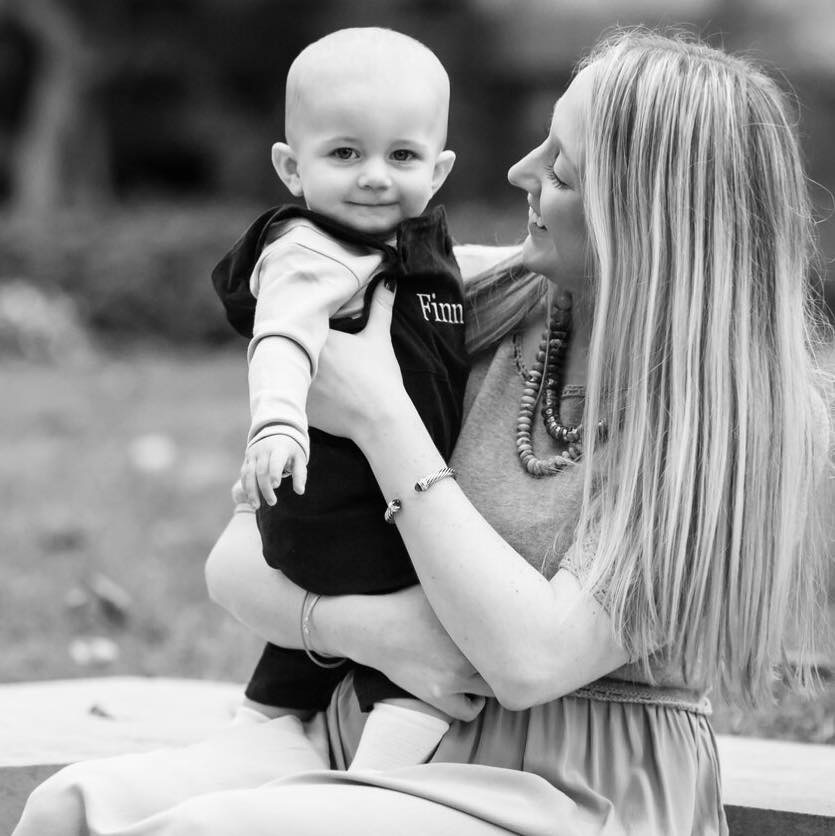

 I was around 5 months pregnant when I noticed a mole on my thigh start to drastically change. It went from something I hardly noticed to something I could no longer ignore. My husband encouraged me for weeks to get it checked out and thankfully I finally listened. It was stage IIb Melanoma – which meant it was aggressive and growing rapidly. I was quickly scheduled for a surgery to remove the cancer and some surrounding skin. We then received the news that the surrounding skin was free of Melanoma cells and so at that point we thought I was in the clear.
I was around 5 months pregnant when I noticed a mole on my thigh start to drastically change. It went from something I hardly noticed to something I could no longer ignore. My husband encouraged me for weeks to get it checked out and thankfully I finally listened. It was stage IIb Melanoma – which meant it was aggressive and growing rapidly. I was quickly scheduled for a surgery to remove the cancer and some surrounding skin. We then received the news that the surrounding skin was free of Melanoma cells and so at that point we thought I was in the clear. 



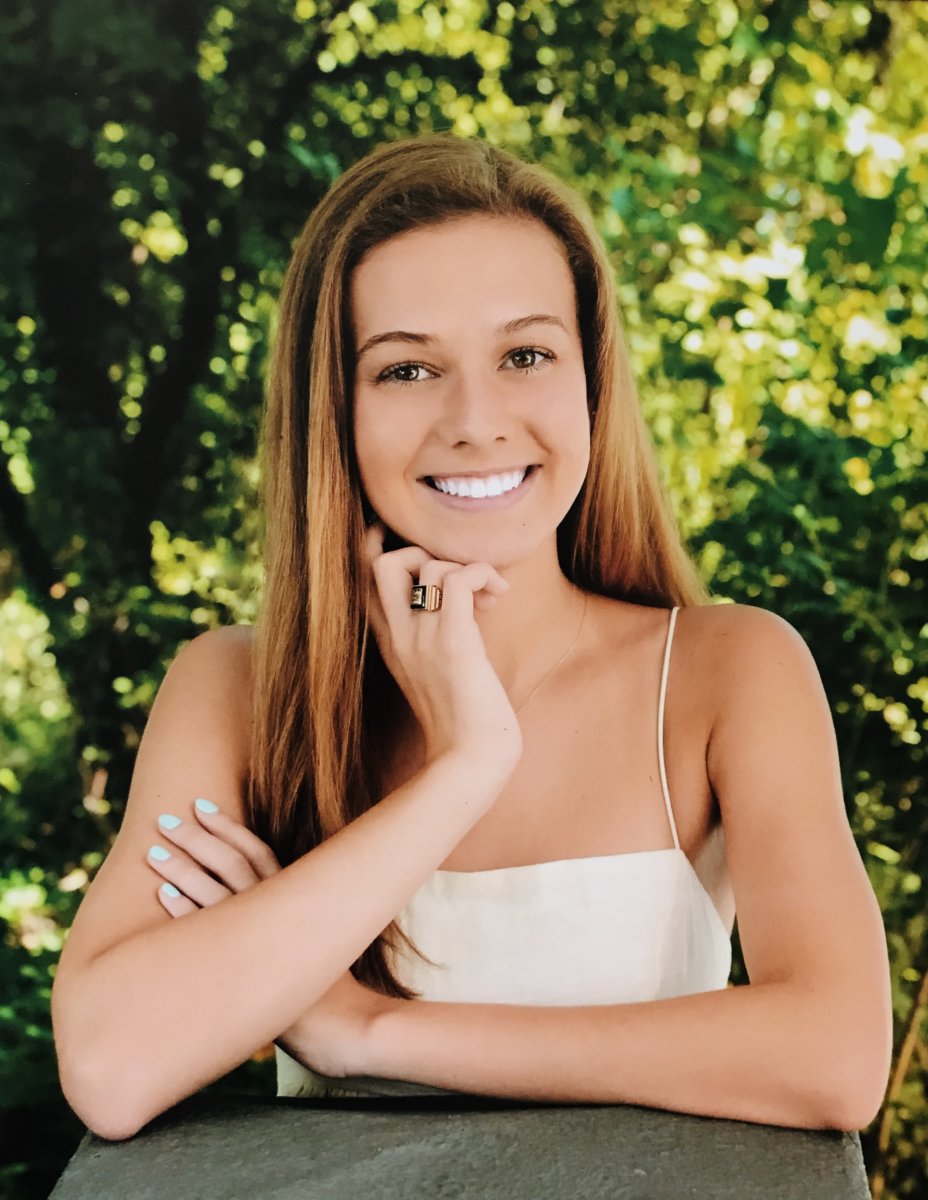
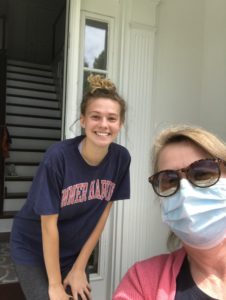 The Notre Dame Preparatory Senior got the news via NDP art teacher Anne Walker while isolated at her home, but the lack of fanfare did not diminish her excitement! Allie begins her studies this fall at Miami University in Oxford, Ohio where she will immerse herself in Interior and Architectural Designs.
The Notre Dame Preparatory Senior got the news via NDP art teacher Anne Walker while isolated at her home, but the lack of fanfare did not diminish her excitement! Allie begins her studies this fall at Miami University in Oxford, Ohio where she will immerse herself in Interior and Architectural Designs. Every year since 2015, the $5,000 award is given to a graduating senior from Claire’s alma mater, Notre Dame Preparatory School in Towson Maryland to support the recipient’s desire to study design arts in college. It was a dream of Claire’s to launch a career in interior design and we are thrilled to see other young women share the same passion and excitement. Each year, our winners are selected by an exquisite team of noted design professionals from across the country! They bring expertise in fine arts, theatrical, animation, interiors, photography and film. Our thanks to our CMF Scholarship Committee: Katie Fico with Walt Disney Animation Studio, Los Angeles based Interior Designer Stacey Vuduris, Theatrical Designer Timothy Swiss of Los Angeles, Photographer Susannah Dowell of Colorado and Maryland’s First Lady and MICA Educator Advocate, Mrs. Yumi Hogan.
Every year since 2015, the $5,000 award is given to a graduating senior from Claire’s alma mater, Notre Dame Preparatory School in Towson Maryland to support the recipient’s desire to study design arts in college. It was a dream of Claire’s to launch a career in interior design and we are thrilled to see other young women share the same passion and excitement. Each year, our winners are selected by an exquisite team of noted design professionals from across the country! They bring expertise in fine arts, theatrical, animation, interiors, photography and film. Our thanks to our CMF Scholarship Committee: Katie Fico with Walt Disney Animation Studio, Los Angeles based Interior Designer Stacey Vuduris, Theatrical Designer Timothy Swiss of Los Angeles, Photographer Susannah Dowell of Colorado and Maryland’s First Lady and MICA Educator Advocate, Mrs. Yumi Hogan. 

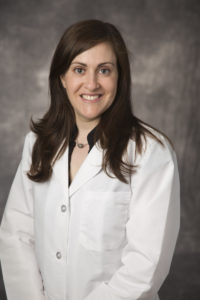

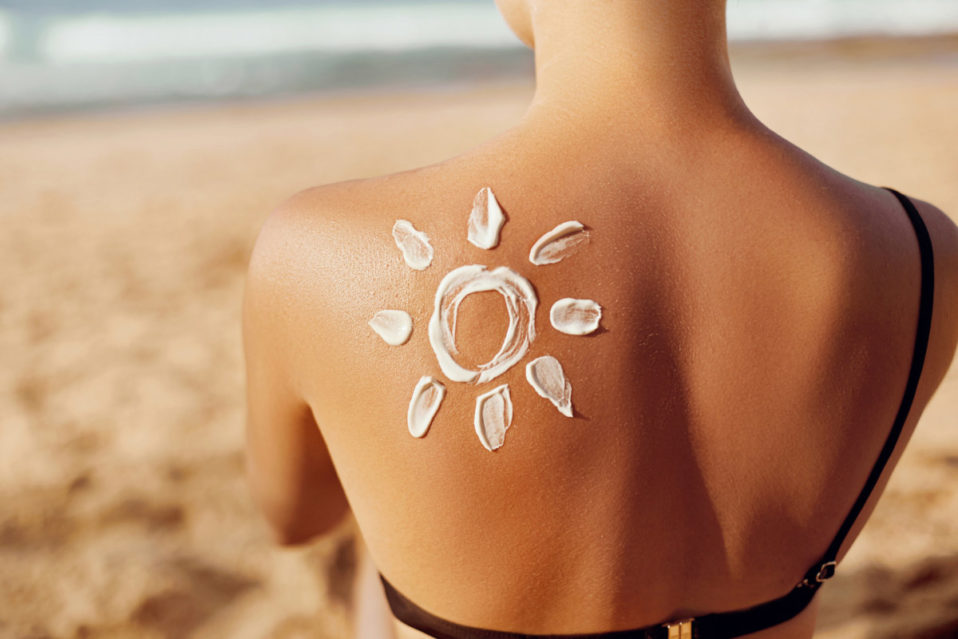
 So along with getting a full body skin screening from your dermatologist, you also need to remember to wear sunscreen everyday.
So along with getting a full body skin screening from your dermatologist, you also need to remember to wear sunscreen everyday.
